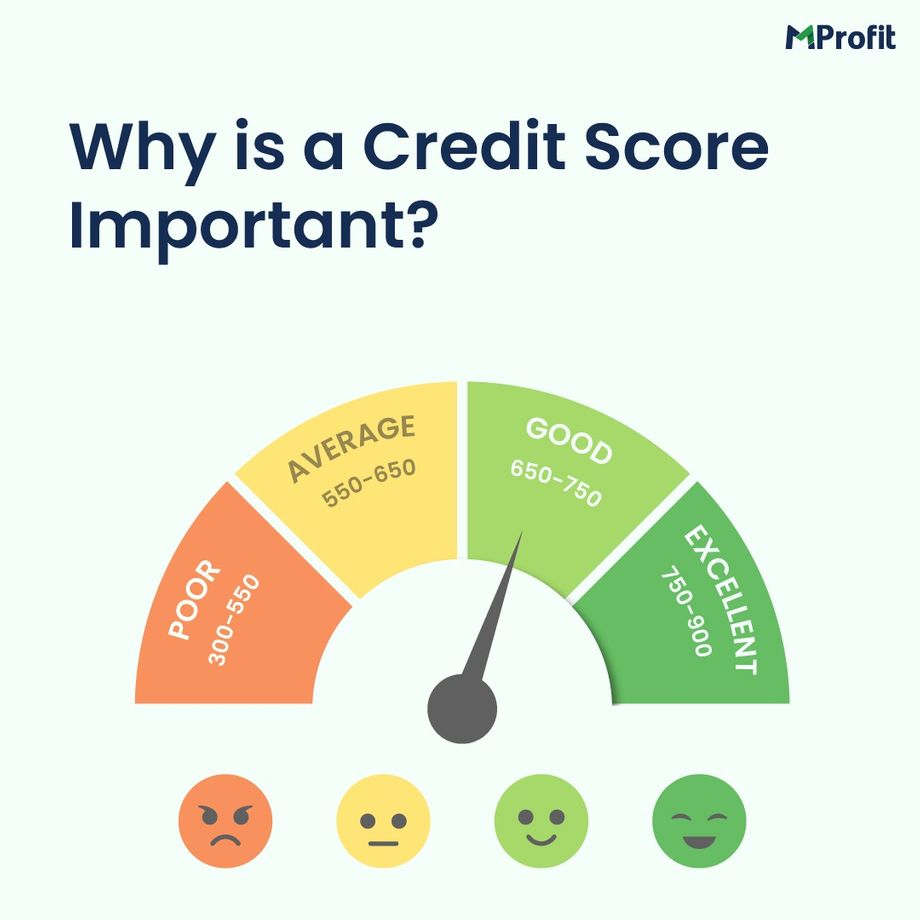Table of Contents
Introduction to Credit Scores
For many, the realm of finance appears formidable, a landscape where missteps can prove costly. One bright beacon within that uncertainty is the credit score, a deceptively simple number that signals a person’s borrowing reliability. Lenders, insurers, and even employers consult that figure, translating it into practical outcomes such as interest rates, loan eligibility, and rental approvals.
Picture yourself sitting in a mortgage office, paperwork spread across the desk, and discovering that a sturdy credit profile has lowered the quoted interest from 5 to 3.5 percent. That reduction shaves thousands off a thirty-year loan, turning distant aspirations like a first house or a dependable vehicle into reachable milestones.
Awareness of the score components is not merely educational; it is an act of financial self-defense. Good ratings, in short, arise from punctual bill payments, sensible credit usage, diverse accounts, and a deliberate approach to new inquiries. Mastering these elements lays the groundwork for both stability and access when economic opportunities materialize.
What is a Good Credit Score?
Most banks glance at a score between 700 and 749 and nod; they file it under good and move on to other checks, still weighing whether a stranger can pay back the cash. Being placed in that band usually inspires at least a modicum of confidence.
Break through the 750 mark, and observers immediately label the figure excellent; the label soon translates into lower rates, more lenient terms, and broader access to capital. It is almost as if the upper echelons of the scale grant permission to shop for the best offer.
Drop beneath 600, and decision-makers grow wary-very wary in some cases. The digits read like a warning siren and invite steeper fees or, more bluntly, a flat denial.
Multiply that by the fact that FICO and VantageScore, the less-frequent Innovis version, score the same behavior but weigh categories differently. A single bout of late payment can move a number in one system while barely nudging the others.
Checking a report at least once a quarter maintains an acquaintance with where the reader stands and permits timely corrections. Knowledge, in this corner of finance, often translates straight into better bargaining leverage.
The Importance of a Good Credit Score

The familiar three-digit score that lenders report is far more than a golf handicap; it is, in practical terms, a passport.
A robust rating will, on the first application, prune the margin between advertised and actual interest costs. For a home-held decades, even a relative fraction of one percentage point compounds to sizeable savings.
Property owners frequently consult the number before handing a lease, rationalizing that past bills hint at future rent discipline. In tight markets, a willing tenant with a 780 looks more attractive than one dangling a 690.
Certain employers, especially those straddling finance or security, will premise part of their trust on the same history. To them, a tamed ledger suggests the individual is unlikely to sidestep corporate accounts.
Spending deliberate time to polish the measure directs rewards that stretch well beyond the moment credit is pulled. Solid scores plant an undergirding framework for mobility, investment, and peace of mind.
How to Check Your Credit Score
There are numerous ways to check your credit score. Start by visiting reputable financial websites that offer free credit reports, such as AnnualCreditReport.com, which allows you to access your report from the three major bureaus once a year for no charge.
Besides, there are various finance apps that one can use today on their smartphones. Many of these apps provide real-time tracking and updates on your credit score at no cost.
Once you have accessed your report, go through it for accuracy. Look out for discrepancies or errors that may adversely affect your score. If you find any mistakes, take steps to dispute them with the reporting agency.
Being cautious is essential when applying for loans or credit cards; regularly monitoring your credit score helps avoid surprises. Stay informed and proactive about this vital part of personal finance management.
Factors That Affect Your Credit Score
Several elements exert direct pressure on your credit profile, but the most significant imprint usually comes from payment history. One skipped mortgage check or a solo lapsed student loan installment can echo through the score for years.
Another pivotal piece is credit utilization, the mathematical tether between current balances and open limits. Keep that ratio below thirty cents on the dollar, if possible, to keep the risk flags muted.
Length of history looms next. An account that quietly matured through the late nineties still counsels lenders that you know how to let money rest unused.
Account variety supplies another uplift. A revolving card, a fixed-auto note, and perhaps a small personal loan together signal that you can juggle very different repayment rhythms.
Fresh inquiries pinch shortly after each application. One new request wo t break the mold, yet a run of them within a few weeks can shave points in visible intervals.
Credit science may feel like arcane algebra, but it maps directly to real-world control. Knowing the score mechanics gives you the steering wheel rather than just the windshield view.
Tips for Improving Your Credit Score
Boosting a credit score usually unfolds slowly, but the momentum is gratifying once it arrives. Billing deadlines are the first stronghold; even one tardy payment can echo through a consumer report for years.
The next pivot is credit utilization. Borrowers who stay beneath thirty percent of available limits signal to underwriters that they handle credit judiciously rather than exhaustingly.
A different but proven tactic is to diversify the credit profile. Balancing a small auto loan or student note with lines of revolving debt gives raters a fuller picture of repayment behavior.
Errors also creep in, sometimes astonishingly. A careful annual scan of the report can uncover a phantom charge or misspelled name, both of which a prompt dispute will expunge.
Partnering strategically makes sense, too. By becoming an authorized user on a family member’s account, someone inherits a flawless payment record without signing up for the account directly.
Caution, however, must temper ambition. Week-long credit sprees generate multiple hard inquiries that briefly yank a score downward, so steady, incremental work almost always pays. Vigour.
How gomyfinance.com Can Help with Financial Wellness
With go myfinance.com, financial wellness becomes easy to achieve. This platform has a lot of tools that will help you understand and manage your credit score properly.
Gomyfinance.com simplifies complex financial concepts with user-friendly interfaces. You will find guides that explain every part of the credit scores, making them easier for you to comprehend.
Furthermore, this site offers personalized suggestions according to an individual’s particular financial circumstances. Be it tips on how to better budget or improve your score, gomyfinance.com has customized answers for everybody.
Therefore, being up-to-date with all the new finance trends is essential. To keep a healthy credit profile, one should always be aware.
The strong base for your future in finance comes from interesting articles and advice from professionals. Gomyfinance.com helps along the way with its extensive support towards better fiscal health.
Conclusion
Grasping the basics of a credit score is a linchpin in most people’s pursuit of financial stability. A number in the mid-seventies or higher can translate into cheaper loans, slimmer mortgage rates, and even friendlier insurance quotes. Something as simple as nightly Netflix subscriptions may unexpectedly nudge the figure one way or the other, so awareness is half the battle.
Pulling your report every few months, a straightforward ritual for many credit-savvy consumers can reveal payment slip-ups and fraudulent accounts before they fester. Lenders weigh on-time bills, outstanding balances, account age, and hard inquiries almost like ingredients in a recipe. Recognition of those moving parts then allows for disciplined fixes instead of guesswork.
Patience remains essential because no polite pleading with a bank will transform a troubled score overnight. Consistent bill payments, deliberate debt pay-downs, and occasional abstention from new credit cards habitually push the number in an upward direction that compounds over the years.
Web destinations such as gomyfinance.com distill that jargon into doable suggestions and provide dashboard-style snapshots of one’s evolving credit picture. Borrowers at any life stage tend to appreciate its calculators and articles that translate esoteric scoring formulas into everyday action steps.
Claiming ownership of one’s economic destiny seldom begins anywhere more practical than the four-digit score in the corner of an online dashboard. Treat that reading as both a report card and an invitation for smarter financial habits, and lasting stability often follows.
